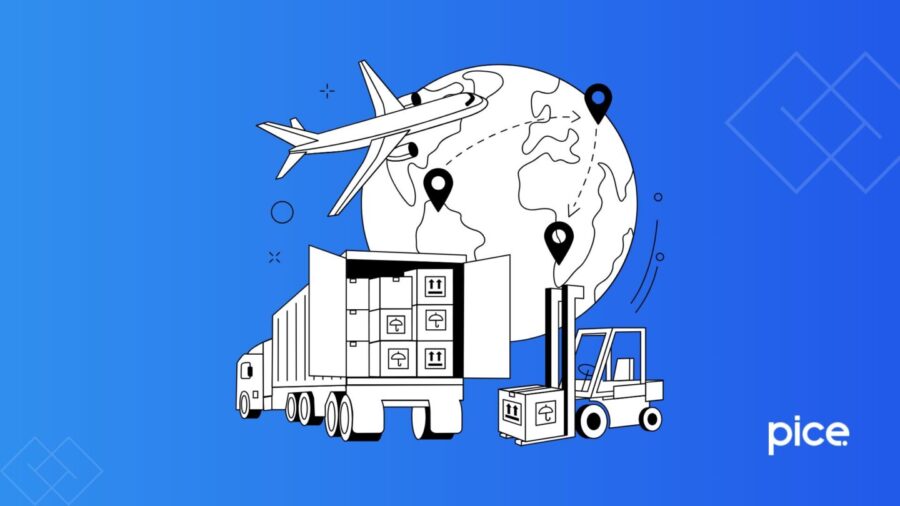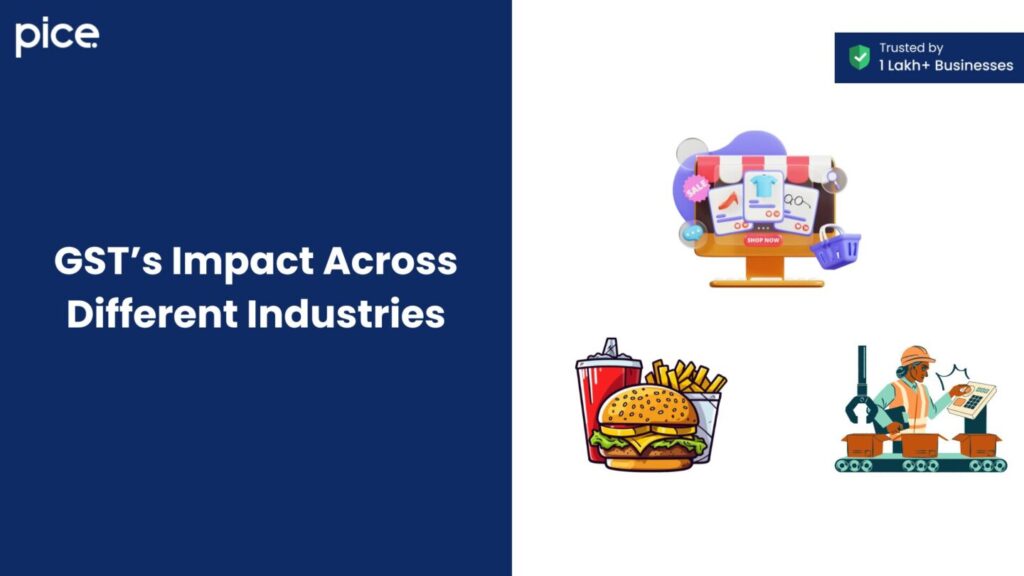GST in the Logistics Sector
- 11 Sep 24
- 8 mins

GST in the Logistics Sector
Key Takeaways
- GST has eliminated the cascading tax effect, reducing trade barriers and improving logistics efficiency across states.
- The post-GST era has seen a significant decrease in downtime for companies, resulting in smoother operations and lower costs.
- Warehouse consolidation has improved the transportation and distribution of goods, reducing the need for multiple storage locations and streamlining supply chains.
- GST compliance has increased transparency and facilitated real-time tax tracking, improving business adherence to regulations.
- The logistics industry has benefited from reduced costs, especially in transportation, as state-level taxes and complex clearance procedures were removed.
The introduction of GST has been a significant transition in the Indian indirect taxes. It impacted several industries on a large scale. However, the impact of GST on the logistics industry has been significant and positive, eliminating the negative impact of the cascading taxation system.
Learn about the impact of GST on the logistics sector here. Further, learn the differences in transportation costs in the pre and post-GST era for the concerned industry.
Transportation Prior to GST Implementation in India
Before GST implementation, the logistics sector was subject to a cascading tax effect with tax levied at multiple stages of the supply chain during goods transit time (transportation time). This high logistics cost has been one of the major concerns in the pre-GST era. Additionally, there persisted corruption in the taxation system in the pre-GST era which has been eliminated with the introduction of GST.
Changes and Opportunities in the Post-GST Era
Here are the changes and opportunities for trouble-free supply chains in the post-GST era:
- Reduced Trade Barriers
Earlier, trading goods from one Indian state to another attracted a significant tax at every border. Due to this, there has been a cascading tax effect that adversely impacted the Indian economy.
However, GST has eliminated the cascading tax effect by introducing a unified tax structure. This has not only reduced trade barriers but also improved the country's economy.
- Decrease in Downtime
In the pre-GST era, companies often scheduled planned downtime or time when services have been delayed due to inadequate maintenance, collisions, breakdowns or inefficient taxation structure.
As the GST system replaced the VAT (value-added tax) system, the efficiency of the taxation structure improved with lower taxes to be paid by the companies. This decreased downtime scheduled by companies and contributed significantly to the improvement of the economy.
- Warehouse Consolidation
Warehouses are the intermediate strategic locations between manufacturers and end consumers for goods storage. Goods and raw materials are stored in the warehouses before distribution. Further, transportation by trucks is the mode of access to these warehouses.
Consolidation of warehouses has been a significant transition in the post-GST era. It has facilitated the smooth transportation and distribution of goods from the place of production to the place of consumption. Further, with the elimination of entry taxes, GST has effectively reduced the cascading taxation effect.
- Boost in GST Compliance
Companies need to adhere to certain rules and regulations set by different authorities for compliance with law and order. GST regulations have improved business compliance with tax laws significantly.
Additionally, it has ensured compliance with Gross Domestic Product (GDP) compliance policies, boosting the standards of new regulations. It has further contributed to nationwide distribution and economic growth in the post-GST era.
- Decline in Logistics Costs
Transportation expenses include payment of taxes and usage of fuel. A high wheel movement ensures more distance coverage and profitability for companies. In the pre-GST era, the cascading effect of tax and complex clearance procedures resulted in restricted fleet movement, making logistics cost-intensive.
However, in the post-GST era, as the goods movement increased, logistics turned out to be cost-effective. Fleets do not have to pay state-level taxes at all the state borders, lowering logistics costs and increasing profits for businesses.
Improved Transparency and Compliance
The introduction of GST has improved transparency and compliance in the supply chain. This system allows digitised return filing and real-time tracking of taxes paid. As a result, it facilitates the identification of errors seamlessly, thereby improving compliance of businesses with the GST rules and regulations.
💡If you want to pay your GST with Credit Card, then download Pice Business Payment App. Pice is the one stop app for all paying all your business expenses.
Challenges
The GST norms require streamlining existing account and IT systems. This leads to challenges for small businesses with limited resources and budgets. However, it is necessary to streamline the two in order to comply with GST regulations. As a result, companies need to undergo a GST audit at regular intervals which is further time-consuming and cost-intensive.
GST’s Impact Across Different Industries: An Overview

The introduction of the GST Act, 2017 has industry-specific impacts as follows:
E-commerce companies:
GST introduction helped facilitate a unified tax system. This further enabled the centralisation of warehouses, thereby reducing delivery costs to improve consumer experiences.
Food and Beverages Industry:
The introduction of GST rules has eliminated cascading taxes at every state border. As a result, it has facilitated the smooth distribution of products such as food and beverages across the nation. It has further improved the availability of fresh food in the Indian states.
Manufacturing Sector:
The organisations in the manufacturing industry exhibited reduced logistics costs. This facilitated improved operational efficiency and reduced operational costs for businesses, enhancing the competitiveness of the companies at a global scale.
The Bottom Line
The implementation of GST has reduced the costs of logistics and transportation in the supply chain. Further, it has reduced transportation costs for interstate goods transportation. Thus, there is a positive impact of GST on the logistics industry and supply chain management across industries like e-commerce, food and beverage and manufacturing.
 By
By 
















